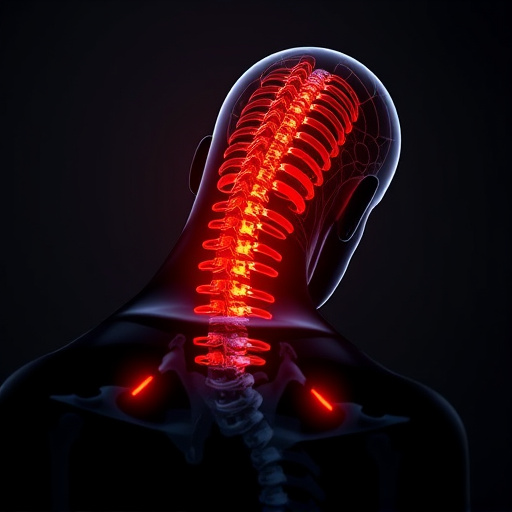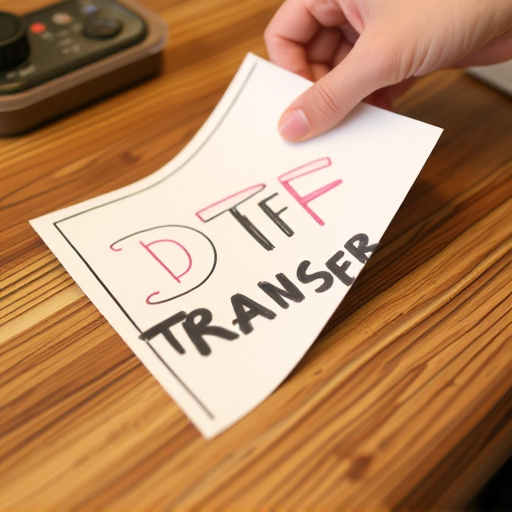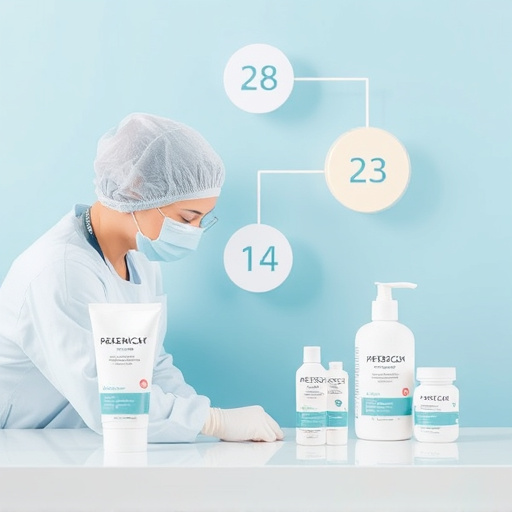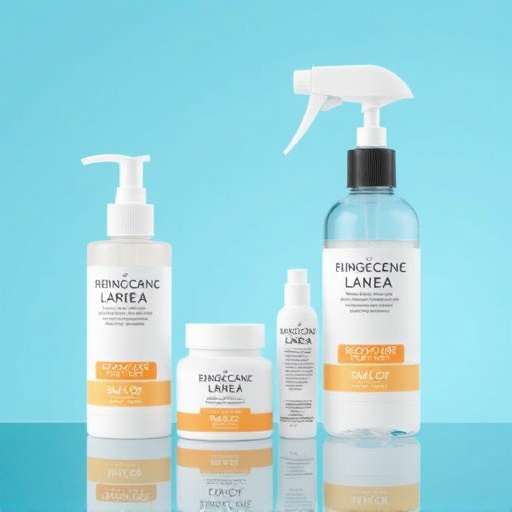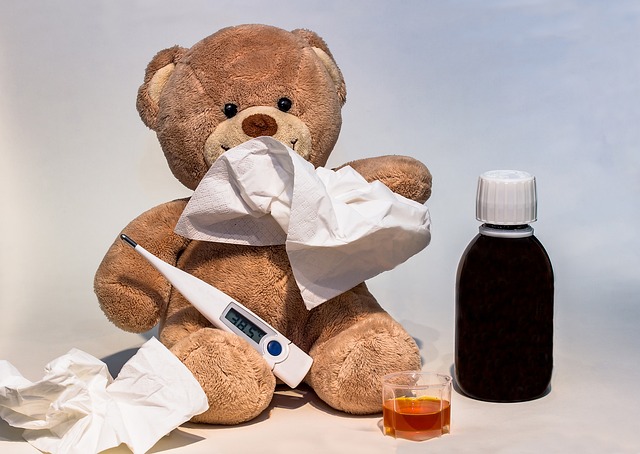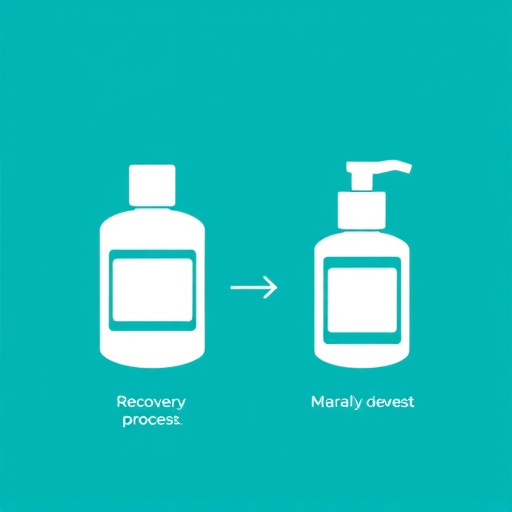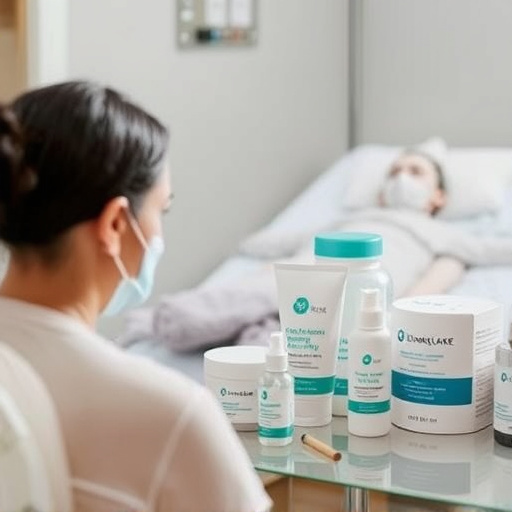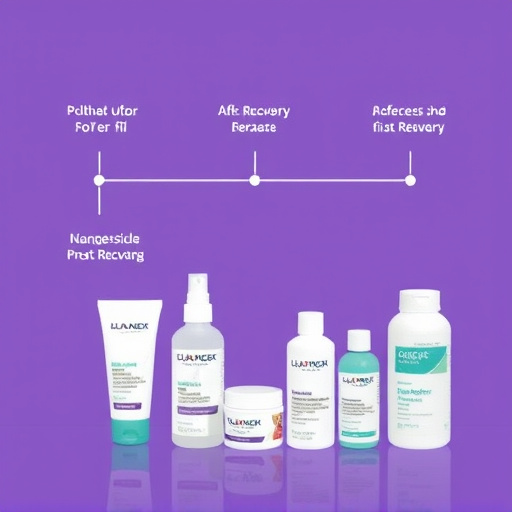The critical 24-72 hour post-laser hair removal recovery period requires rest and specific aftercare. Symptoms like redness and swelling typically resolve within days, but protecting treated areas from sun, avoiding strenuous activities, and using cold compresses are crucial for faster healing (1-4 weeks). Following dermatologist-recommended routines prevents infection and enhances results, revealing bump-free skin within weeks of treatment.
“Uncover the secrets to a successful Laser Hair Removal journey with our comprehensive guide. This article is your map to navigating the recovery process, ensuring optimal results. From understanding the healing stages to optimizing your body’s natural repair mechanisms, we break down every step.
Learn when to expect full recovery and what temporary changes to anticipate. Embrace the interim period as a time for nurturing and preparation. Discover tips to speed up the process and reveal smoother, hair-free skin. Get ready to embrace laser hair removal with confidence, knowing exactly what to expect during your recovery.”
- Understanding Laser Hair Removal Recovery Process
- Optimizing Your Body's Healing After the Procedure
- When to Expect Full Recovery and What to Expect During the Interim
Understanding Laser Hair Removal Recovery Process

The laser hair removal recovery process is an essential aspect to consider before embarking on this non-invasive procedure. The recovery period typically ranges from 24 to 72 hours, depending on the area treated and individual factors. During this time, it’s crucial to follow specific aftercare instructions provided by your professional to ensure optimal results and minimize potential side effects.
After the treatment, redness and mild swelling are common, lasting for a few hours to a couple of days. Protecting the treated area from direct sunlight is vital as it can cause further irritation. Most individuals can resume their regular activities soon after, but strenuous exercise and hot tubs/saunas should be avoided for 24-48 hours. Remember that proper care during recovery directly impacts future treatments’ effectiveness and overall success.
Optimizing Your Body's Healing After the Procedure

After undergoing laser hair removal, optimizing your body’s healing process is crucial for achieving and maintaining smooth, bump-free skin. During the initial stages, it’s essential to allow your treated areas ample time to recover. This typically involves avoiding strenuous activities or workouts on the treated spots for a few days as recommended by your dermatologist. Cold compresses can help reduce any swelling or redness, while gentle, pH-balanced cleansers ensure minimal irritation during the cleansing process.
To accelerate recovery and prevent infection, keep the treated areas clean and moisturized. Some practitioners may also prescribe topical creams or lotions to aid in healing. It’s important to follow these post-procedure instructions diligently for the best outcomes. Remember, while laser hair removal offers permanent results, individual experiences can vary, so patience is key during the recovery period, typically ranging from 1-4 weeks, depending on the treatment area and your skin type.
When to Expect Full Recovery and What to Expect During the Interim

After a laser hair removal procedure, it’s natural to wonder about the timeline for full recovery. While individual experiences may vary, most people can expect to see significant results within the first few weeks. During this period, the treated area will begin to show reduced hair growth, with noticeable changes occurring as early as 24 hours post-treatment. However, complete laser hair removal takes time, and it’s essential to manage expectations. The recovery process typically extends over several weeks to months, during which the body gradually eliminates the remaining hair follicles.
In the interim, it’s crucial to follow the aftercare instructions provided by your technician or healthcare provider. This may include keeping the treated area clean, avoiding strenuous activities, and refraining from certain skincare products. You can expect some redness, swelling, and minor discomfort, which are normal parts of the healing process. Itching is also common but should subside as the skin heals. As the weeks go by, the treated area will continue to improve, and any temporary redness and peeling will fade, revealing smoother, hair-free skin.
After undergoing laser hair removal, understanding the recovery process is key. By optimizing your body’s healing with proper care and adhering to post-procedure guidelines, you can expect a gradual return to normal activities within a few weeks. The exact laser hair removal recovery time varies based on individual factors, but generally, full recovery can take up to 4-6 weeks. During this interim, it’s essential to manage expectations, follow expert advice, and be patient as your skin regenerates, leading to smoother, hair-free results.





